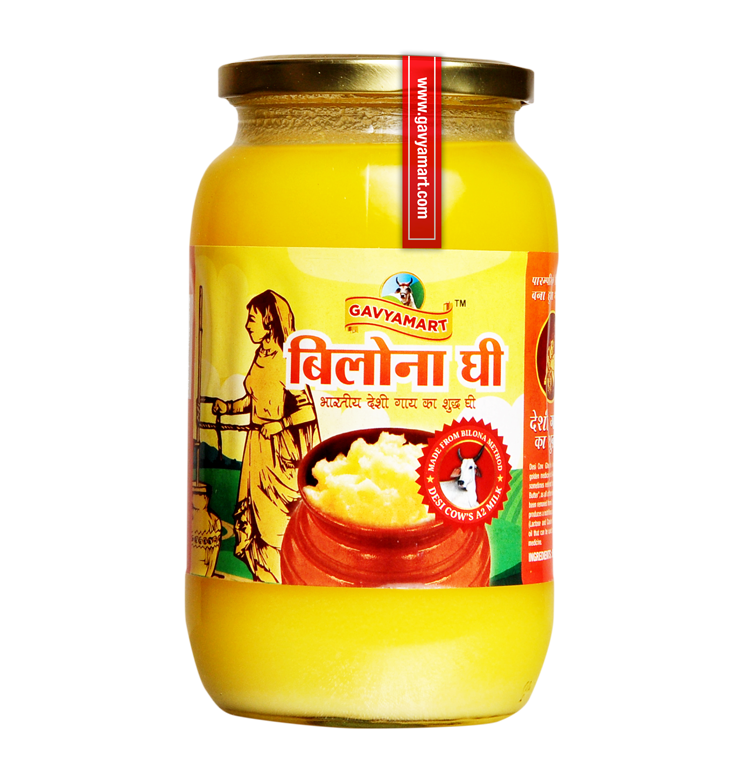Vedic Bilona ghee and regular ghee differ in their production processes, source of milk, and the philosophy behind their creation. Here are the key distinctions:
- Source of Milk:
- Vedic Bilona Ghee: This ghee is derived from the milk of cows that are of indigenous Indian breeds, such as Gir, Sahiwal, or Red Sindhi. The milk is obtained through the traditional Bilona method, which involves using a wooden churner (bilona) to hand-churn the curd into butter.
-
Regular Ghee: Can be made from the milk of any cow, including mixed or non-Indian breeds. The milk is often collected using machines.
- Production Process:
- Vedic Bilona Ghee: The traditional Bilona method involves churning the curd obtained from raw milk using a wooden churner. This process is time-consuming and requires manual effort. The butter obtained is then simmered to make ghee.
-
Regular Ghee: In modern ghee production, cream is usually separated from milk using centrifugal force, and ghee is often made from this cream. It might involve pasteurization and homogenization.
- Nutrient Retention:
- Vedic Bilona Ghee: This traditional method helps retain more nutrients and beneficial properties present in the milk. The slow churning process is believed to preserve the natural qualities of the milk.
-
Regular Ghee: While ghee made through modern methods still retains some nutrients, the processing may result in a slightly different nutrient profile compared to Bilona ghee.
- Philosophy and Cultural Significance:
- Vedic Bilona Ghee: The production of Bilona ghee is often associated with Vedic traditions and a reverence for indigenous cow breeds. It aligns with the belief that the process of making food should be pure and in harmony with nature.
-
Regular Ghee: Modern ghee production is often driven by efficiency and mass production, with an emphasis on meeting the demands of a larger consumer base.
- Flavour and Aroma:
- Vedic Bilona Ghee: The traditional method imparts a distinct flavour and aroma to the final product. The slow churning process and the source of milk contribute to a unique taste.
- Regular Ghee: The flavour and aroma of regular ghee can vary based on factors like the milk source, production methods, and additional steps taken during production.
In summary, Vedic Bilona ghee and regular ghee differ in terms of their production methods, the source of milk, and the cultural and philosophical aspects associated with their creation. While Bilona ghee is often considered a more traditional and artisanal product, regular ghee is produced using modern techniques to meet the demands of a larger market.


